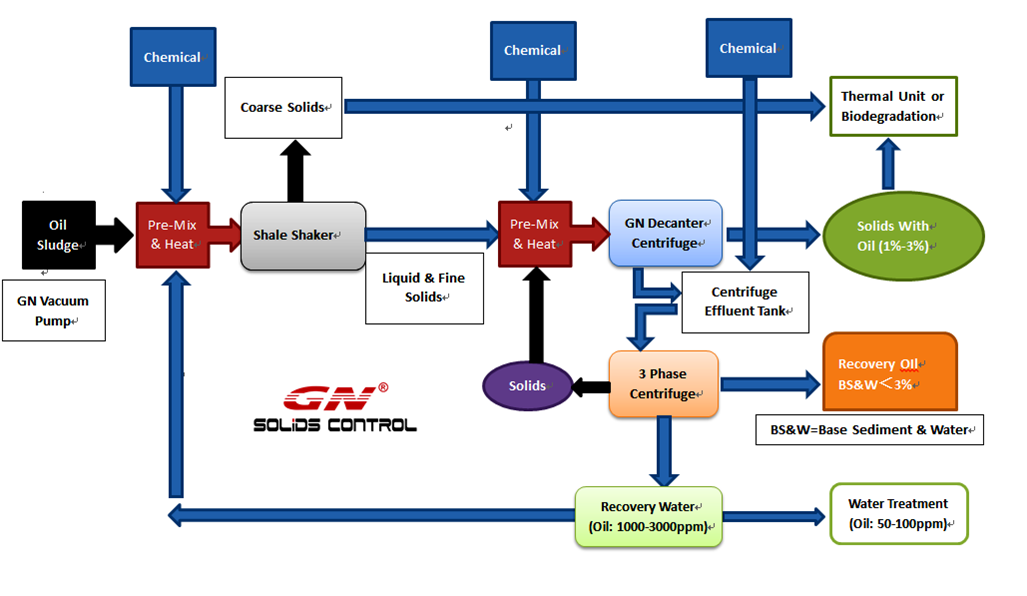
Separation mechanisms of citric and itaconic acids by water-immiscible amines. Extraction of biofuels and biofeedstocks from aqueous solutions using ionic liquids. Simoni LD, Chapeaux A, Brennecke JF, Stadtherr MA. Phase separation of integral membrane proteins in Triton X-114 solution. Protein extraction and activity in reverse micelles of a nonionic detergent. New York, Basel, Oxford: Marcel Dekker, Inc., 1995. Aqueous two-phase partitioning – physical chemistry and bioanalytical applications. Aqueous two phase systems, methods in enzymology. Membrane Based Processes with Immobilized Interface. (1992) Membrane-based solvent extraction. Downstream processing of lactic acid by membrane-based solvent extraction. Factors influencing transport through liquid membranes and membrane based solvent extraction. Schlosser Š, Sabolová E, Kertész R, Kubišová L. Separation and purification technologies in biorefineries.

In: Biorefinery Co-Products: Phytochemicals, Primary Metabolites and Value-Added Biomass Processing, edited by Bergeron C., D. Separation and purification of phytochemicals as co-products in biorefineries. A review of separation technologies in current and future biorefineries.

Huang HJ, Ramaswamy S, Tschirner UW, Ramarao BV. Bio-Based Chemicals: value added products from biorefineries. National Renewable Energy Laboratory (NREL). Chemicals from biomass: a market assessment of bioproducts with near-term potential. Currently various intensification techniques are being applied in the field of liquid–liquid extraction for improving the process efficiency like hybrid processes, reactive extraction, use of ionic liquids etc, which are gaining importance due to the cost associated with the downstream processing of the fermentation products (20–50% of total production cost).ġ. The principles, types, equipment and applications of liquid–liquid extraction for bioproducts are discussed.

Liquid–liquid extraction process is particularly suitable for biorefinery process (through conversion using microorganisms), featuring mild operational conditions and ease of control of process. With the availability of variety of solvents as well as commercial equipment, liquid–liquid extractions finds applications in fields like chemicals and bio-products, food, polymer, pharmaceutical industry etc. Where the subscripts indicate the extraction number with 0 representing the system before the extraction and 1 the system following the first extraction.Solvent extraction one of the oldest approaches of separation known, remains one of the most well-known methods operating on an industrial scale.


 0 kommentar(er)
0 kommentar(er)
